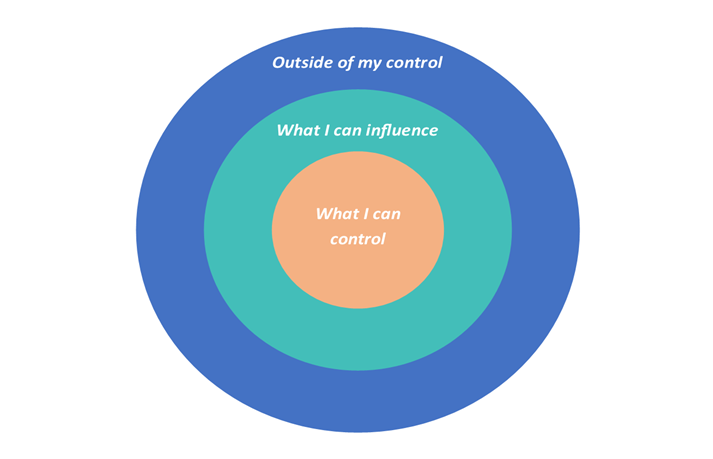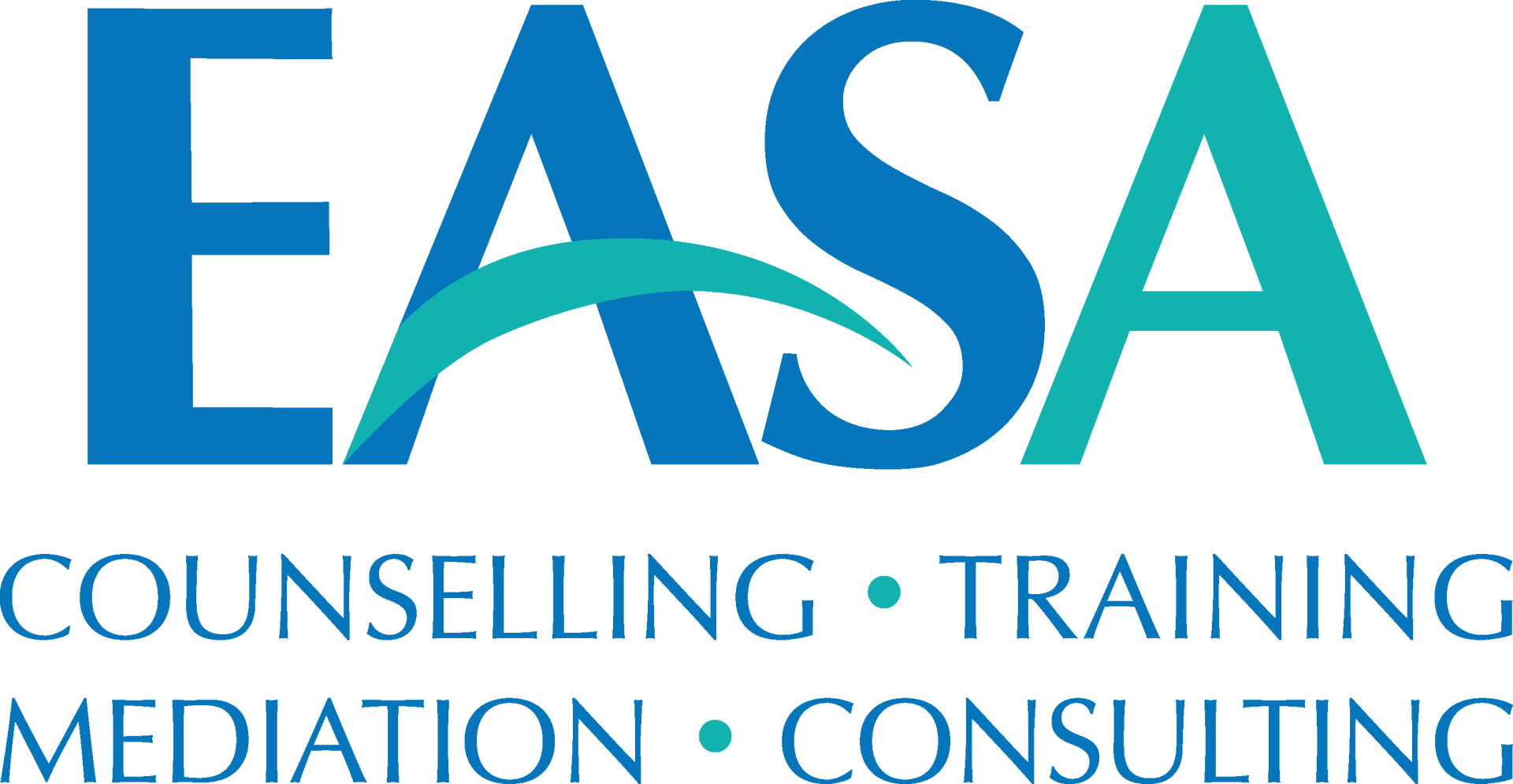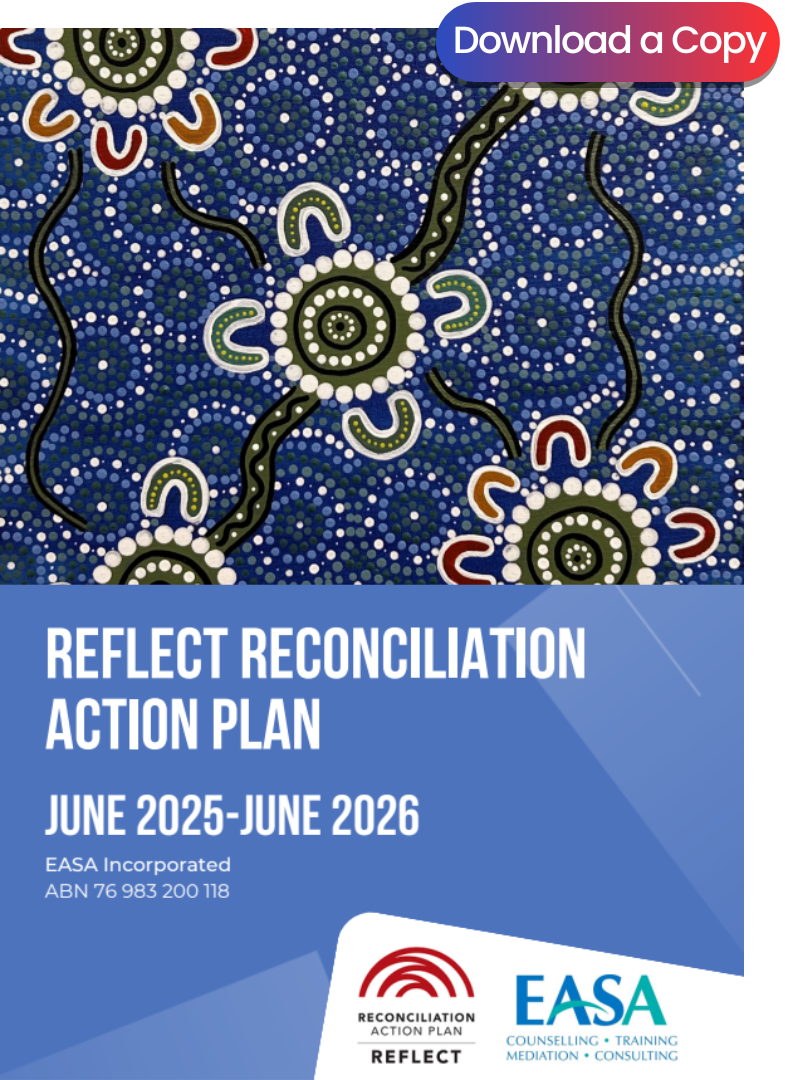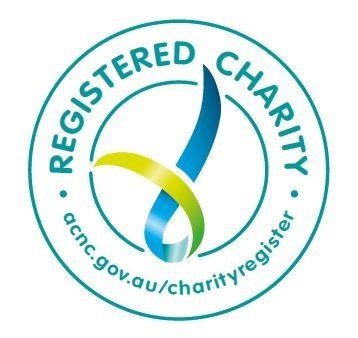“Between stimulus and response there is a space. In that space is our power to choose our response. In our response lies our growth and our freedom”
Viktor Frankl
Want a greater sense of control and choice in your life? Practice mindfulness
If anything has disrupted our sense of control and choice, “COVID”, “the new normal”, and returning to “the old, new normal” easily tops the list. It has revealed to many of us the choices we, others, and even systems around us make to cope with challenges and changes. For some of us, the last few years have given us new vigour and energy to make tough decisions that have helped us to live a life closer to our values and aspirations. For others, they have been left feeling a lot of choices they previously had have been taken from them.
All of these feelings, experiences and reactions are completely valid, normal and human!
Cut yourself some slack if your response hasn’t been the one you would like to have. Acceptance is the first step to change.
“The curious paradox is that when I accept myself, just as I am, then I can change.” – Carl Rogers, emphasis added
But one thing that is within our choice and control, is how we create more opportunities for choice. Covey’s model of the Circle of Control (1989; 2004) is a useful way to understand what we can control and how that affects our choices.
Using this model, we can separate all things into our experiences into 3 circles:

Adapted from The 7 Habits of Highly Effective People. S.R. Covey, 2004, Simon & Schuster. Copyright 2004 by Stephen R. Covey.
Things outside of your control - i.e. weather, traffic jams, the global economy
Things you can influence, -i.e. your conversations, the impact of the behaviour of others on yourself.
Things you can control
i.e. your own behaviour, how you choose to react, how you practice self-care, what thoughts and values we use to inform your actions, whether or not you practice mindfulness.
Often when we’re struggling with the choice and feel stuck or overwhelmed it is because we’re focusing too much on what we can’t control and directing our energy and effort there instead of what we can control.
One of the things we can change that helps us to create greater choice and control is mindfulness.
To put it simply,
Choosing to practice mindfulness à creates more mindfulness à promotes greater control of our attention and choices à leads to making choices that get you closer to the kind of life you want to live.
Is this true? Well, the science seems to back this up:
Mindfulness training has been shown to effectively improve attention, support habit change, improve mental health, and even improve relapse prevention for notoriously difficult-to-change habits to change such as substance misuse (Schuman-Olivier et al., 2020).
These changes are fundamentally rewired into our brains with changes to areas such as our default mode network, prefrontal cortex and amygdala, areas key to attention, emotional regulation, learning, habit formation and change (Tang et al., 2015). These changes have an accumulative effect, the more we use it, the easier it is to be mindful and exercise more control over our choices the next time.
So, how can I improve my mindfulness?
Meditation is widely regarded as a means to learn mindfulness, which is not surprising as it does help. If you would like to learn more about the benefits of mediation and the different types you can practice, check out our blog https://www.easa.org.au/benefits-of-meditation .
Mindfulness is more than meditation and we can practice mindfulness in small ways every day.
Simply taking the time to notice what you notice is mindfulness. Asking yourself what you are noticing at different times during your day for 30 secs a day is a great start.
Connecting with your senses, noticing what you see, hear, feel, smell, taste, and getting curious about these is mindfulness in the moment. The easiest way to pick this up as a habit is to pair it with something you already do a lot of.
For example, whenever you have a drink of your coffee or drink bottle, this can become your new mindfulness check-in. As you drink notice how the cup or bottle feels in that moment, what are you thinking as you take that sip, are your thoughts in the present or maybe in the past or future, what can you hear around you.
Checking in like this example helps us to become present and with that present awareness comes more choice. Choosing what you’re going to do in that moment and how you’re going to step into the next one. Over time, being mindful becomes more and more automatic, and becomes our default. This means many of our automatic responses and habits can be more easily disrupted and changed if we want to change.
So next time you start lamenting about making better choices, or changing habits Remember: it will be helpful to first ask yourself,
“How can I be more mindful?”.
Mindfulness will help you create space for change.
References
Covey, S. R. (2004). The 7 habits of highly effective people. (Rev. ed.). Simon & Schuster.
Schuman-Olivier, Z., Trombka, M., Lovas, D. A., Brewer, J. A., Vago, D. R., Gawande, R., Dunne, J. P., Lazar, S. W., Loucks, E. B., & Fulwiler, C. (2020). Mindfulness and Behavior Change. Harvard review of psychiatry, 28(6), 371–394. https://doi.org/10.1097/HRP.0000000000000277
Tang, YY., Hölzel, B. & Posner, M. (2015). The neuroscience of mindfulness meditation. Nature Reviews Neuroscience, 16, 213–225 (2015). https://doi.org/10.1038/nrn3916








